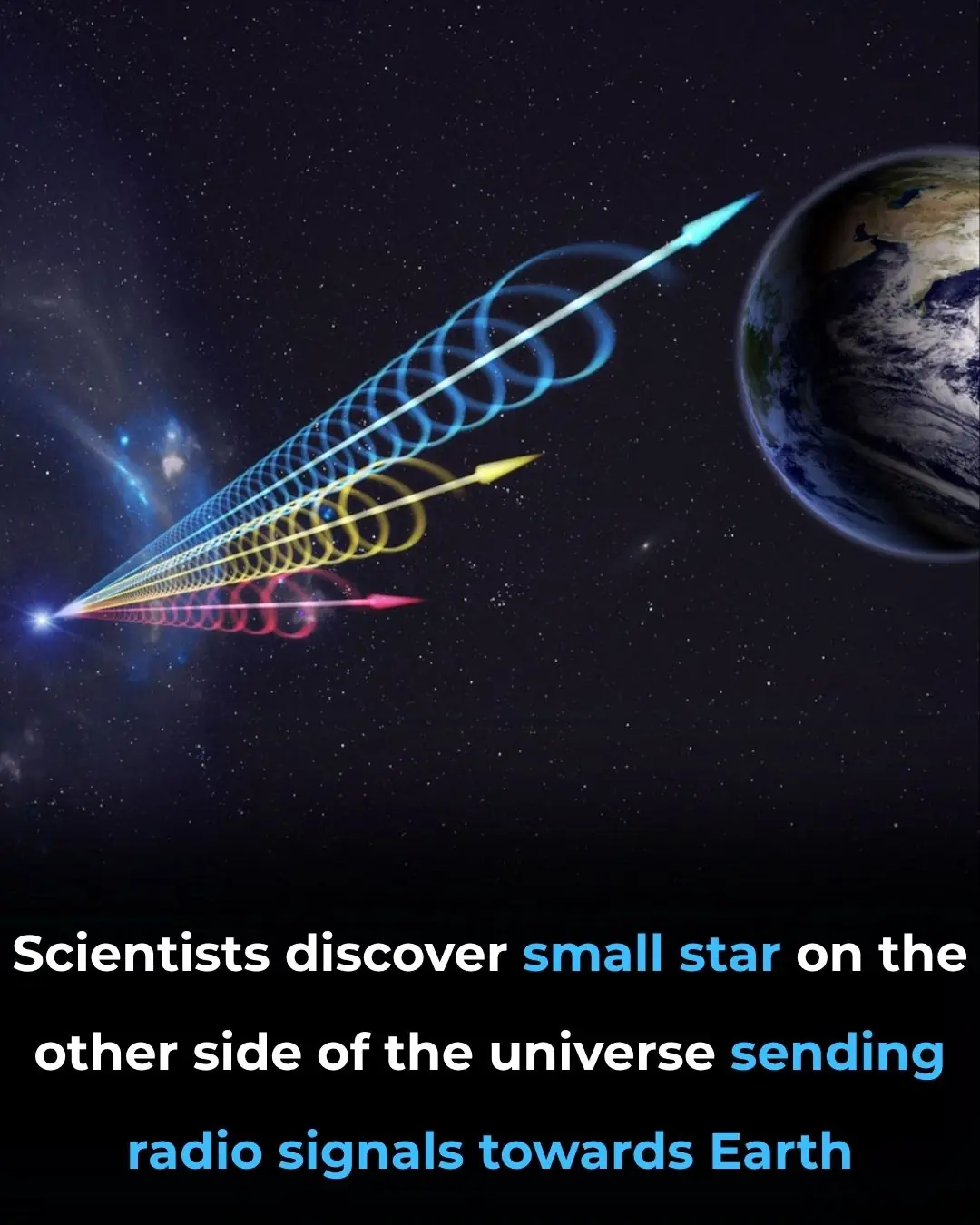
Stanford Scientists Create Solar Panels That Can Generate Power at Night
For decades, solar panels have been a symbol of clean energy — but they’ve always had one major limitation: they only work when the sun is shining. That could soon change. Researchers at Stanford University have developed a new way for solar panels to generate electricity even at night — by tapping into a natural phenomenon known as Earth’s radiative cooling.
This breakthrough could reshape the future of renewable energy, making solar power more reliable around the clock.
—
How Solar Panels Can Work After Sunset
Traditional solar panels convert sunlight into electricity through photovoltaic cells. When the sun goes down, they stop producing power. To keep the lights on at night, solar farms and homes usually rely on batteries or the electrical grid.
But Stanford’s team, led by Professor Shanhui Fan from the Department of Electrical Engineering, found another way. Their approach doesn’t use sunlight at all. Instead, it takes advantage of the heat difference between the Earth and outer space.
Here’s how it works:
At night, any surface facing the clear sky naturally loses heat by radiating infrared energy into the coldness of space.
As a result, the surface becomes slightly cooler than the surrounding air.
The Stanford researchers connected a thermoelectric generator (TEG) to a standard solar panel. This small device converts temperature differences into electricity.
The result: even in total darkness, the system can produce power by harnessing the flow of heat from the warmer air to the cooler panel surface.
—
Results From the Experiment
The team tested their prototype on a rooftop in Stanford, California, under clear night skies. Their setup was able to produce around 50 milliwatts of electricity per square meter (50 mW/m²) of solar panel area.
That might not sound like much compared to the hundreds of watts per square meter that panels generate during the day, but it’s enough to power low-energy devices like sensors, LED lights, or small electronics — and more importantly, it proves that solar installations don’t have to go completely dark at night.
According to the researchers, this technique can be further improved. With optimized materials and better thermoelectric generators, the nighttime output could increase significantly in the future.
—
Why This Breakthrough Matters
Solar energy is one of the fastest-growing sources of clean power worldwide, but its intermittency — the fact that it stops at night or on cloudy days — is a big challenge. Most solar systems today depend on large, expensive batteries to store daytime energy for nighttime use.
Stanford’s discovery offers a new piece of the puzzle. While it won’t replace batteries or grid power anytime soon, it could:
Extend the working hours of solar installations, improving their overall efficiency.
Provide continuous power for remote or off-grid sensors where replacing batteries is difficult.
Reduce the cost and complexity of some small-scale solar systems.
“Photovoltaic panels are optimized for daytime, but we often forget there’s a lot of useful physics at night too,” said Professor Fan. “Our work shows we can capture some of that energy instead of wasting it.”
—
The Road Ahead
The research is still in its early stages. To become commercially viable, engineers will need to boost power output, make the technology cost-effective, and integrate it seamlessly with existing solar panels.
But the potential is exciting. As renewable energy plays an ever-bigger role in powering our world, innovations like this could help us move closer to 24-hour clean energy — not just when the sun shines, but long after it sets.
For now, Stanford’s nighttime solar panels are a reminder that nature’s energy isn’t limited to daylight. Even the Earth’s own heat, radiating quietly into the cold of space, can be turned into electricity with the right technology — a small but powerful step toward a more sustainable future.
News in the same category


Reason Why You Should Always Shower At Night

For those who use hair ties, you should know this

The Atlantic Current That Shapes Our World Faces Collapse

World’s Largest Bromeliad, ‘Queen of the Andes’, Blooms Only Once in a Century

20 Incredible Before & After Street Art Transformations That Are Simply Stunning Friday 10, 2020Art22,027 Views

Weeping elephants mourn a lost baby in a funeral march like humans

After the mother swan dies, the father swan takes the youngsters under his wing

Massive Bird Nests Built on Telephone Poles in Southern Africa are Home to Multiple Species of Birds

Pictured: Incredible Alpine refuge from World War I embedded in the sheer rockface of a mountain in Italy’s Dolomites

1 Hen, 76 Ducklings: What’s The Deal With This Photo?

Image of Full Moon Through a Rock Formation Looks Like a Giant Eye

NASA astronaut going to the Moon next year reveals bizarre act he plans to do moments before takeoff

YouTuber tests jailbroken AI to see if it would break his legs to avoid being shut down

Astronaut Ron Garan: “From Space, Earth Shows Us We’re Living a Lie”

Astronomers Detect Mysterious “Dark Star” 3,000 Light-Years Away — A Discovery That Could Rewrite Physics

James Webb Spots a “Black Hole Star” – A Cosmic Phenomenon That Could Rewrite Astronomy

Internet users mourn iconic feature as AOL officially takes it offline
News Post

Rafael Nadal’s Greatest Match: Fighting for Forgotten Dogs

The Officer, the Boy, and the Box of Pokémon Cards.

Grandma’s “Stray Cat” Turns Out to Be a Cougar.

The Walmart Employee Who Became a Hero to a Struggling Mom

Two Wounds, One Journey: The Woman and Dog Who Taught Each Other Grace

A Prom Filled With Love: Young Man’s Selfless Gesture Becomes Unforgettable

A Brother’s Sacrifice: How MJ Became a Hero in a Split Second

K-9 Apollo: A Hero’s Fight for Life and the Community That Saved Him

“One Last Climb: A Man, His Dog, and a Wheelbarrow Full of Love”

The Stranger Who Stopped: How One Man’s Kindness Saved a Puppy’s Life

Why You Should Avoid Leaving a Glass of Water Near Your Bed

Reason Why You Should Always Shower At Night

Place a plate of salted lemon at the head of the bed: Get 5 great benefits and secrets that unfortunately few people know

Add this to the water. Even when you don’t clean the floor in a week

💖 My Nana Knew What She Was Doing — Time-Honored Skincare Wisdom (And What Really Works Today)

Know this trick to distinguish real honey from fake honey, don't be afraid of being tricked into buying poor quality products

Add a few slices of fresh lemon to the pot of boiled eggs: Get great benefits, many people do not know

Extraordinary Visual Skills If You Can Spot The Cat

What does this gesture signify?
